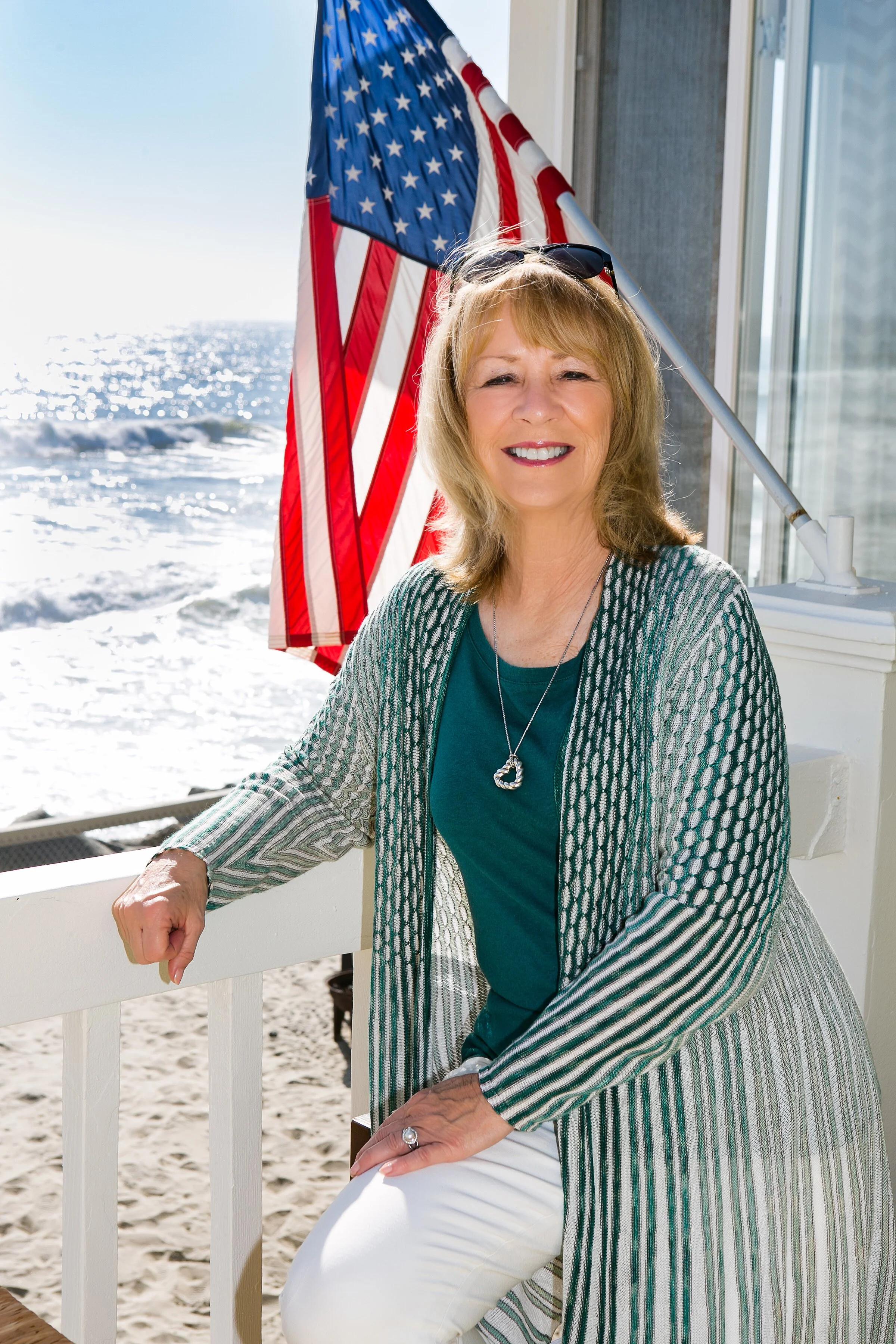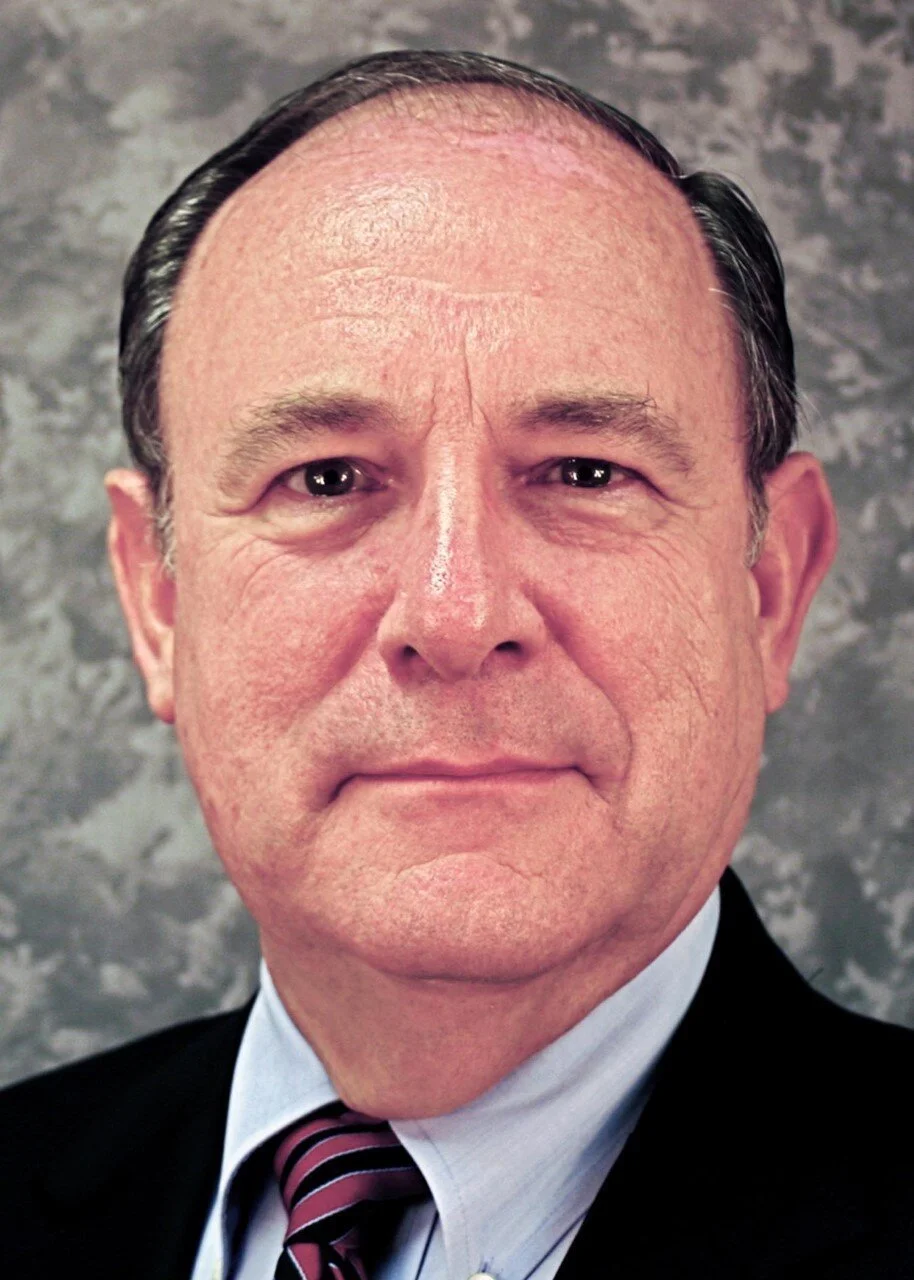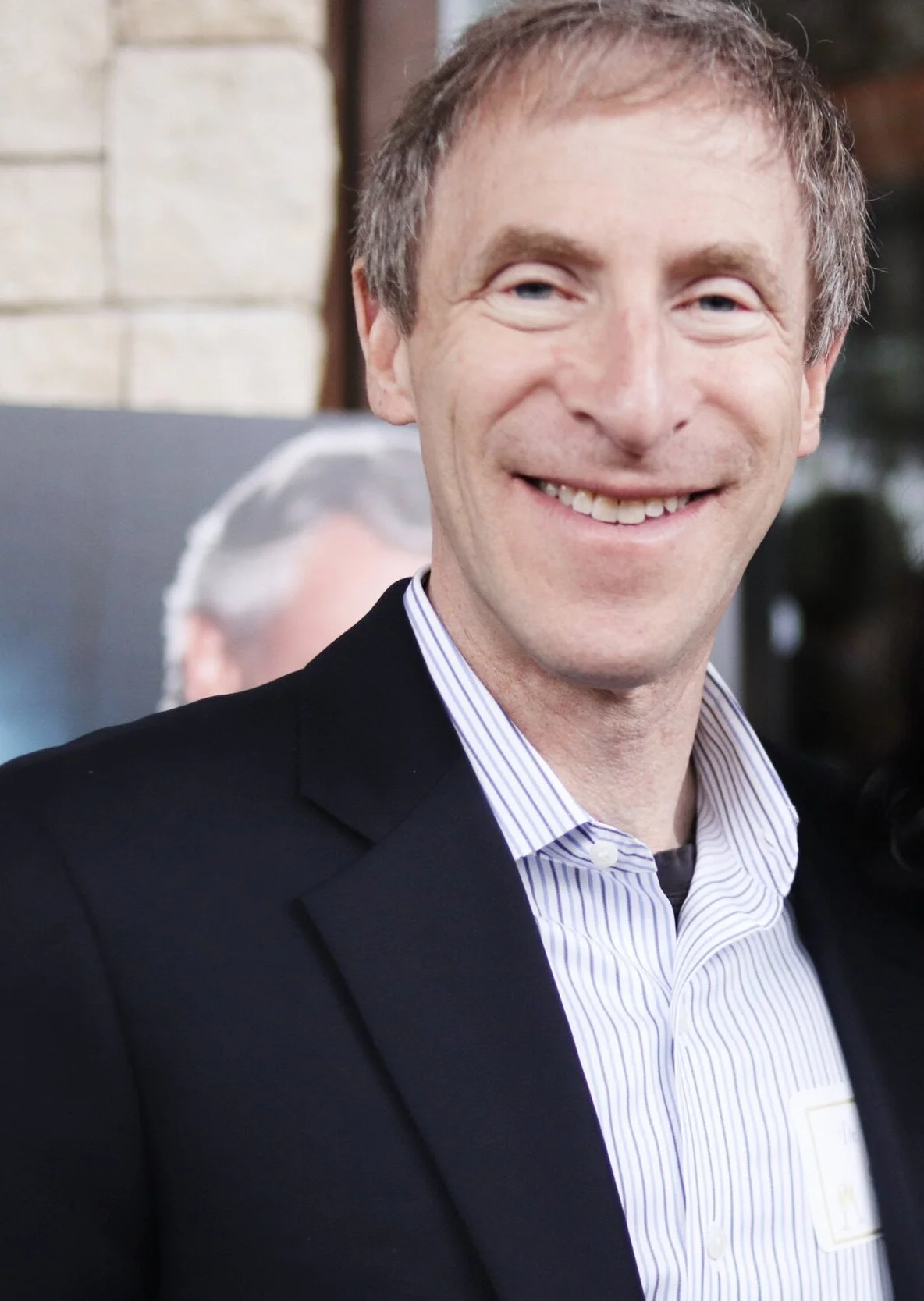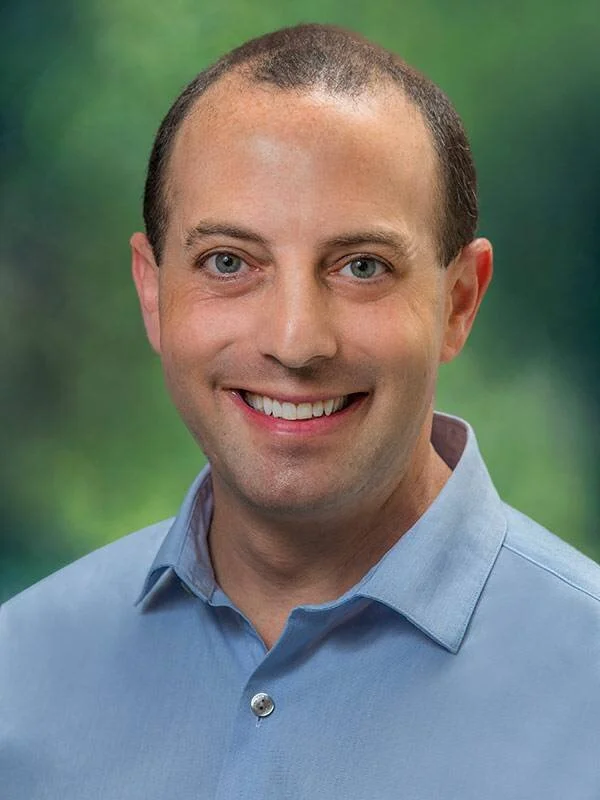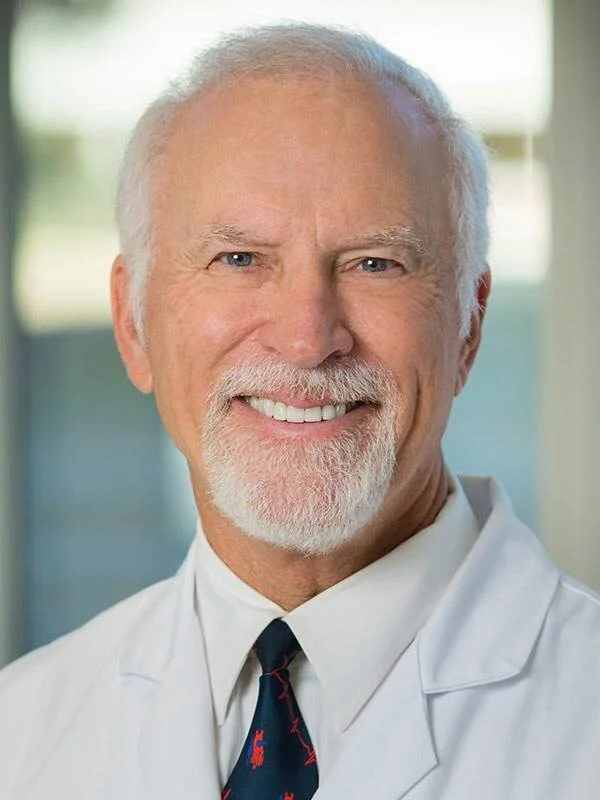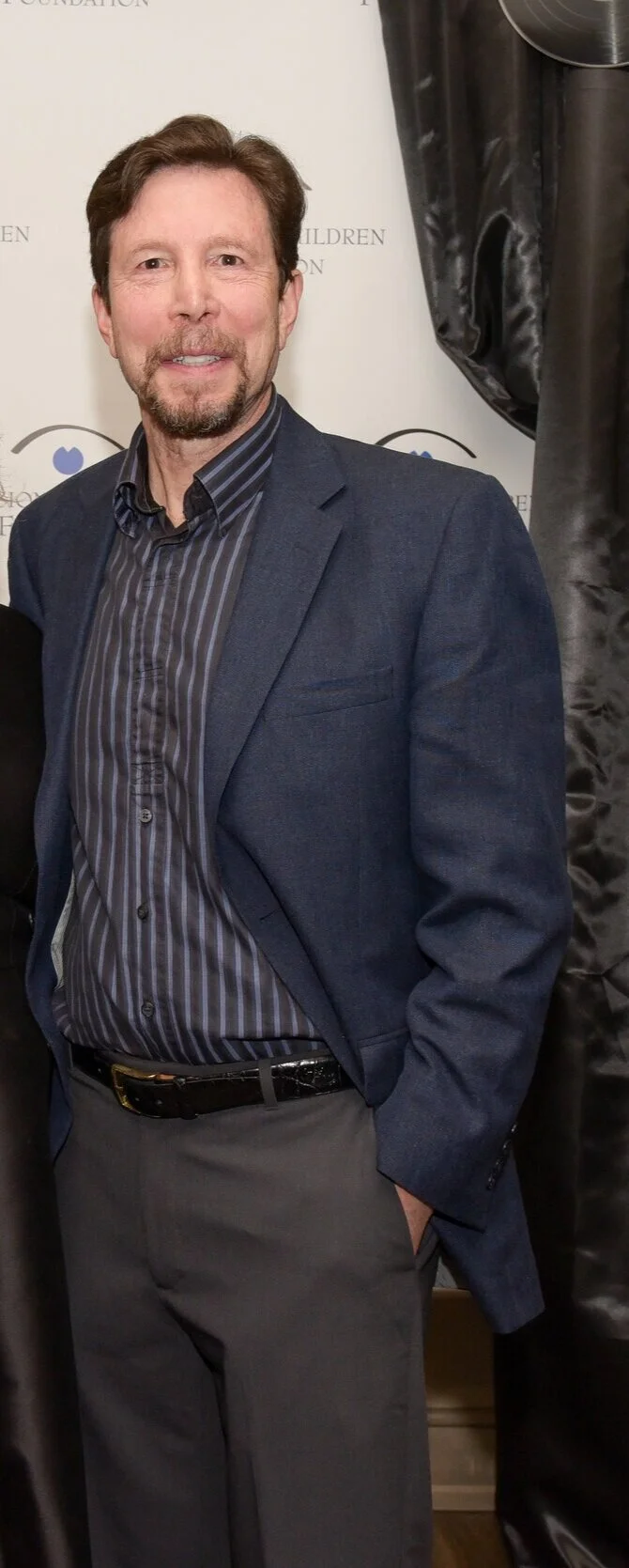ABOUT US
For over 30 years, The Vision of Children Foundation (VOC) has funded research to find cures for hereditary childhood blindness and genetic vision disorders.
The Vision of Children Foundation (VOC) is a 501(c)(3) non-profit organization based in San Diego. Our work has far-reaching impact. Over the past three decades, we have funded groundbreaking research around the world, and we have been a driving force in the quest to find a cure for genetically caused eye disorders. We have been able to accomplish all that we have to date, because of the support of our donors and partners.

OUR MISSION
We believe in a future-free from hereditary vision disorders.
Our mission is to cure hereditary childhood blindness and other vision disorders and to improve the lives of visually impaired individuals and their families.
The Founders’ Story
In 1989, doctors predicted a dim future for Sam and Vivian Hardage’s son, who was born with ocular albinism type 1 (OA1), a rare, but debilitating, genetic eye disease.
Ophthalmologists told them that there was “no treatment,” “no cure” and “no hope.” Very little was known about the disorder because few scientists were researching hereditary vision disorders.
So, in 1991, the San Diego couple established the Vision of Children Foundation (VOC) to encourage research and support projects focused on treating and eradicating genetic vision disorders.
Since that time we've been a pioneering force in vision research, setting the stage for what we now know to be a solution to genetic vision disorders. From early, basic science research, the Foundation has evolved into an organization that has driven science to the horizon of actually restoring vision to children who cannot see. Recent studies indicate that combining the power of gene therapy and stem cell therapy can create new pathways for exciting and unusual approaches for the prevention and treatment of blindness in a variety of ophthalmic disorders.
Other goals of the Foundation are to support family members and children with hereditary blindness and fostering communication between researchers all over the world. We have a family network that helps patients and families, provides support and visual aids, and helps find doctors all over the world. We also bring researchers together for regular symposiums, which allow them to share and discuss their findings in a unique, collegial environment that fosters new ideas.
Meet Our Team
-

Kellye Buchanan
Interim Executive Director
I began my fundraising career 28 years ago as a Grant Writer for a small San Diego nonprofit. After 8 years, I expanded my knowledge by working with additional nonprofit organizations and venturing into fundraising areas, including special events, direct mail appeals, donor relations, and marketing and communications. I earned my Certificate of Fund Raising Management (CFRM) in 2009 and became a Certified Fund Raising Executive (CFRE) in 2017. I continue to build on my nonprofit fundraising knowledge year after year.
I'm passionate about fundraising and supporting issues related to children/youth, education, people with disabilities, mental health, medical research and the environment. I have raised over $25 million for social causes in San Diego since 1997.
-

Julie Rausch
Director of Development & Fundraising
Julie Rausch is a dedicated professional based in San Diego, CA, contributing her expertise to The Vision of Children Foundation. In her role, she brings over 20 years of non-profit experience to help guide the fundraising and outreach of the organization. With a special interest in events and marketing from her first days at the UCSD CONNECT program, her roles continually grew to embrace all aspects of fundraising and managing the business of non-profits.
With a passion for supporting her community, Julie sought out organizations that had a direct impact on improving individuals’ quality of life. She now focuses on engaging communities, fostering family support, and promoting research initiatives to drive the foundation's goals of curing hereditary blindness and vision disorders for millions of people.
Beyond her professional life, Julie likes to spend her time with her husband and playing on the beach with her dog Sophie.
-

Larissa Shoup
Marketing & Communications Manager
Larissa Shoup is a mission-driven professional with a diverse background in nonprofits, marketing, events, social media, education, and health care. She earned a Sociology degree from UC Santa Barbara, where she began nonprofit work as a health care provider at San Felipe Supported Living.
After receiving her TEFL certification, Larissa spent three summers teaching English in Italy, fostering cross-cultural connections through education.
Her passion for service grew through Delta Gamma's Service for Sight and led her to the Vision of Children Foundation, whose mission to cure childhood hereditary blindness strongly resonates with her. She began there as an Events & Marketing Associate and now serves as Marketing & Communications Manager, overseeing marketing, social media, and event strategy.
In her free time, Larissa enjoys traveling, golfing, paddle boarding, reading, and starting her weekends with a matcha latte.
Our Values
The Vision of Children Foundation’s Values:
Commitment
We believe that all children should have the opportunity to see clearly.
Excellence
We are personally accountable for producing superior quality work.
Passion
We are determined to find cures for genetic vision disorders.
Integrity
We uphold the highest standards of integrity in managing all of the Foundation's activities.
Teamwork
We partner with key supporters to achieve our goals.
Respect
We value people's contributions and show appreciation for our dedicated staff, volunteers, donors, researchers and partners.
The Board of Directors
DID YOU KNOW?
Historically, genetic eye disorders have been under-funded and under-researched.
Research funding and the health community have focused on decreasing the incidence of blindness caused by malnutrition, diseases and premature birth. However, inherited eye diseases causes more than 60% of cases of blindness among infants. There are hundreds of genetic vision disorders and incidence rates vary widely.
Community Advisory Board
This diverse group of leaders generously volunteer their time to provide a crucial link between the Foundation and the community. They help build Vision of Children’s capacity to serve by providing expert advice and guidance.
Their primary responsibilities are to assist with the development of VOC events, programs and resources to help fulfill the foundation’s mission during the upcoming year. The group draws upon their wide variety of experiences and connections to create new fundraisers, partnerships, and advancements to benefit those affected by visual impairments.

Vivian Hardage

MJ Wittman

Lisa Laikind-Stennes
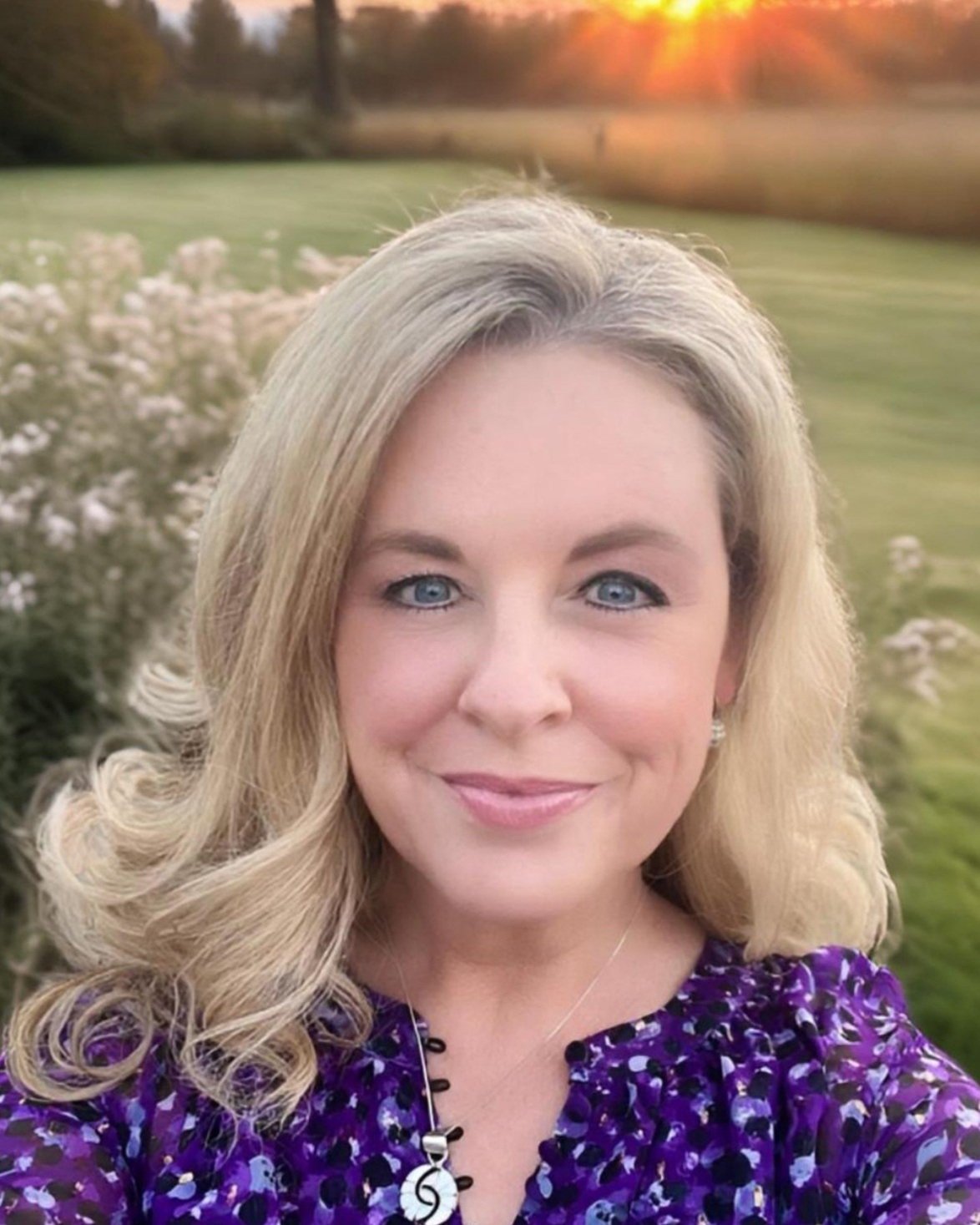
Amy Myers

Jacki Johnson, Ph.D.

Annie Finch

Carol Sciotto

Rosalie Gerevas

Maureen McMahon

Lynne Wheeler

Ginger Levy

Tamara Lafarga-Joseph

Zarah Meyer

Jamie Carr

Maria Delgado

Juanita Hayes

Maggie Bobileff

Kristi Pieper
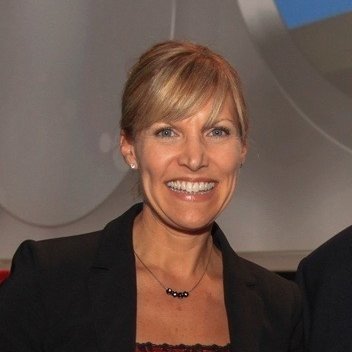
Melissa D’Amour

Karolyn Dorsee
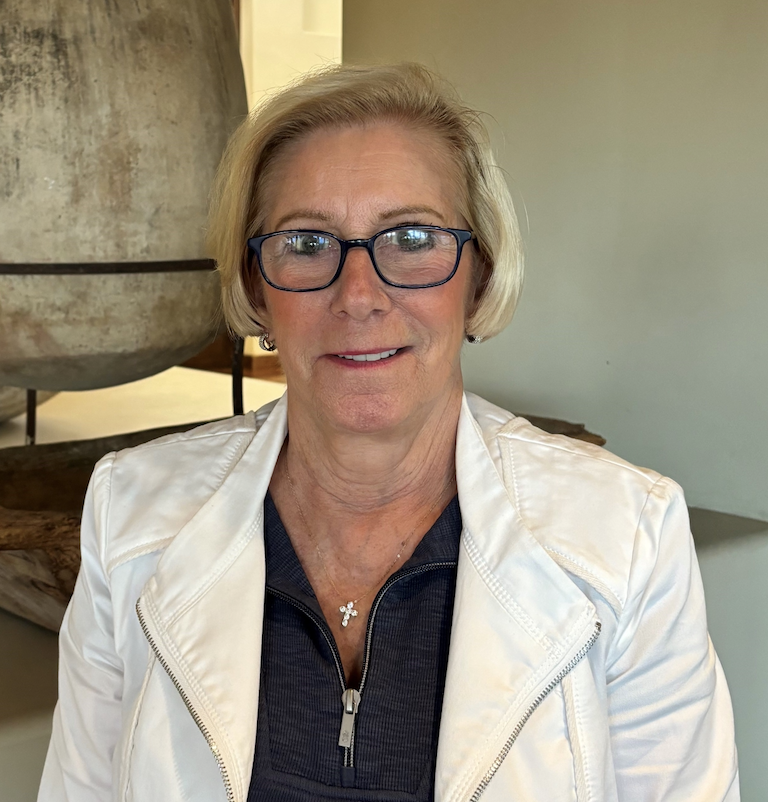
Donna Vance

Nancy Burney
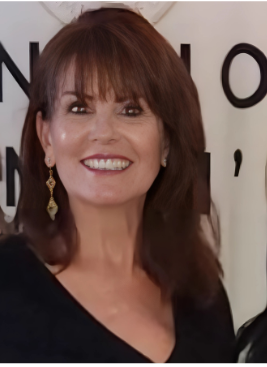
Jeri Yacovelle

Stephanie Friedrich

Dr. Sandra Coufal, MD

Kirstjen Nielson
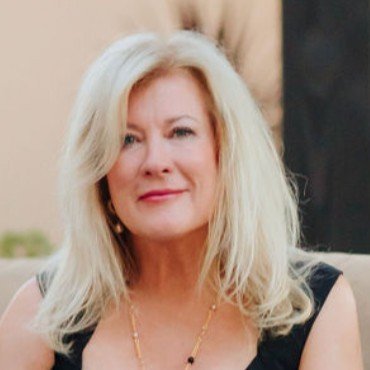
Marian Benassi
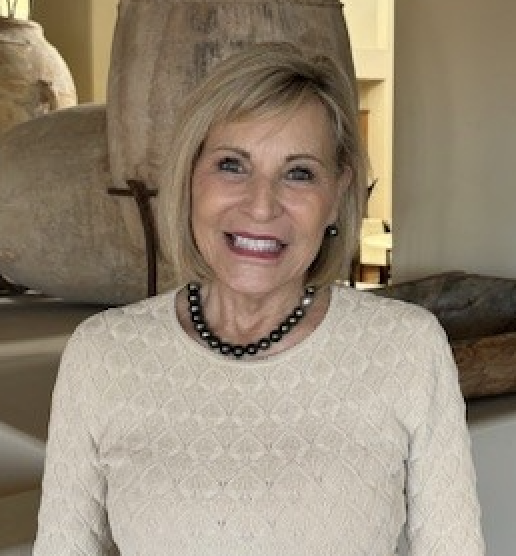
Joanie O'Leary
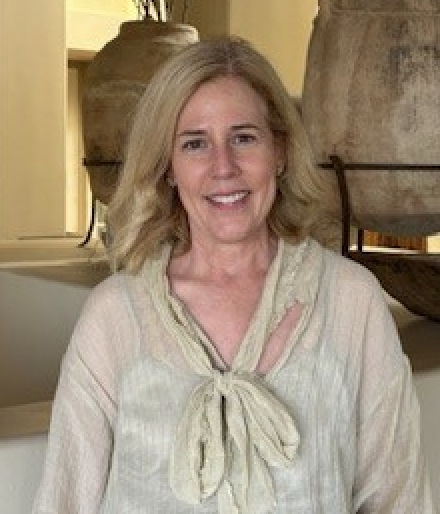
Leslie Evans



